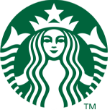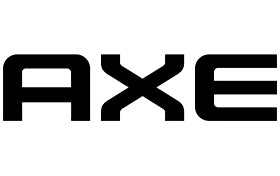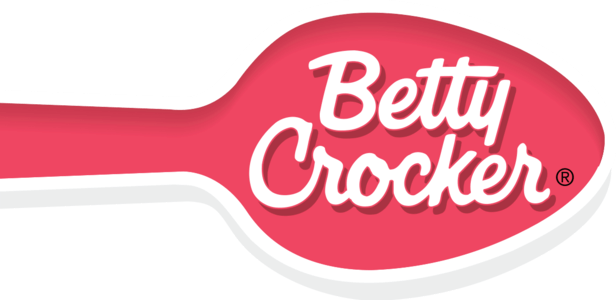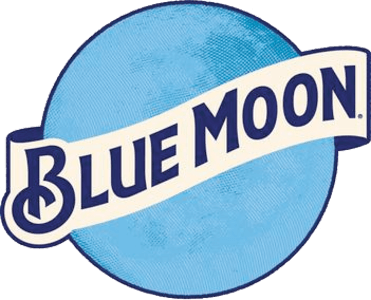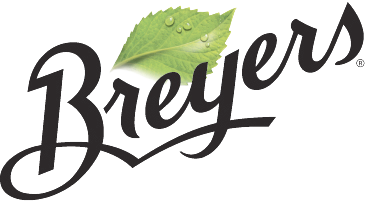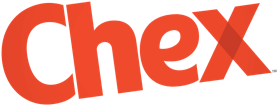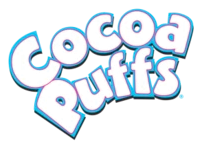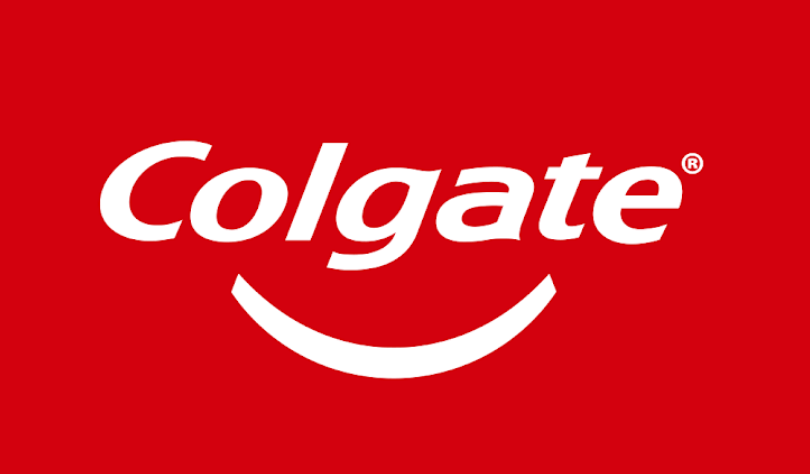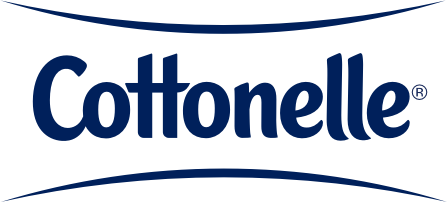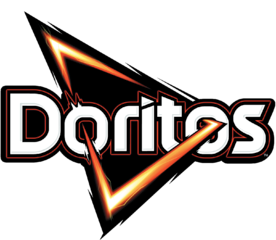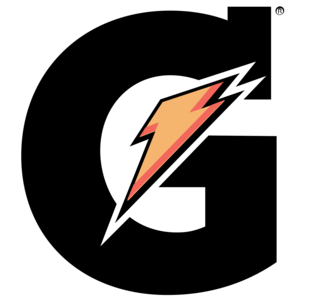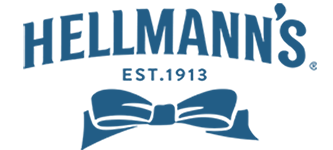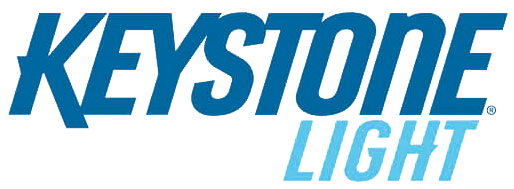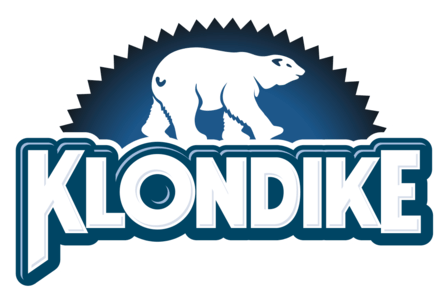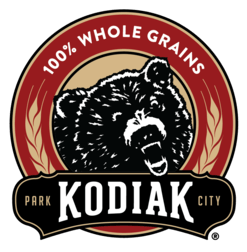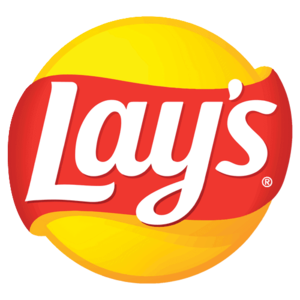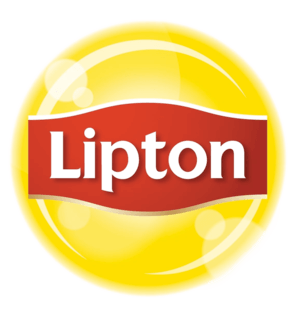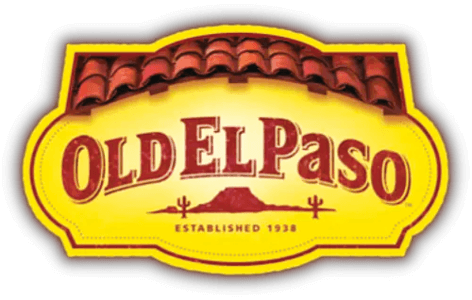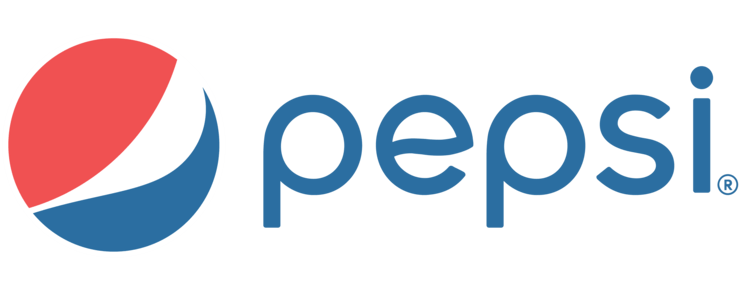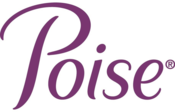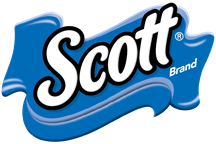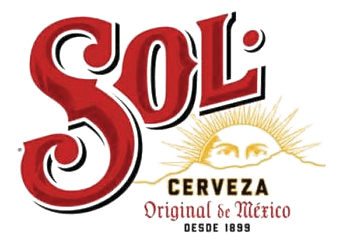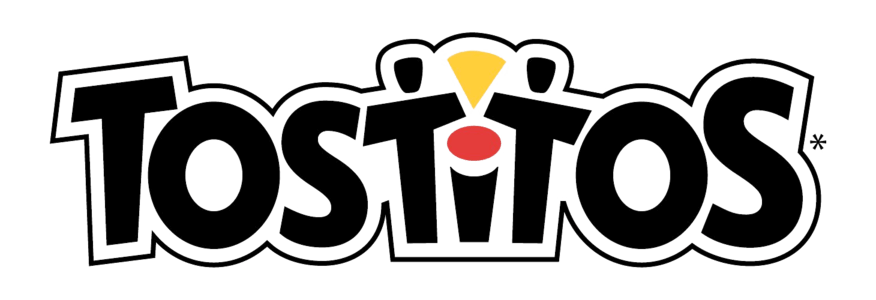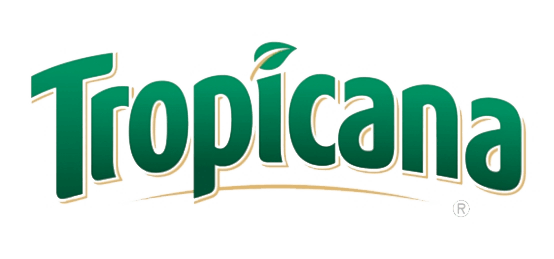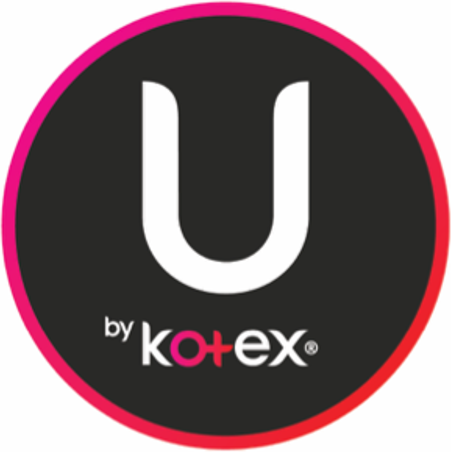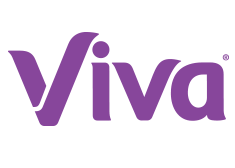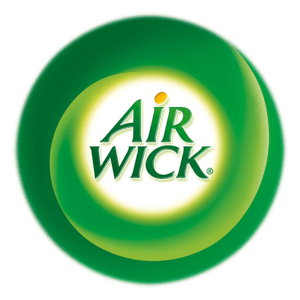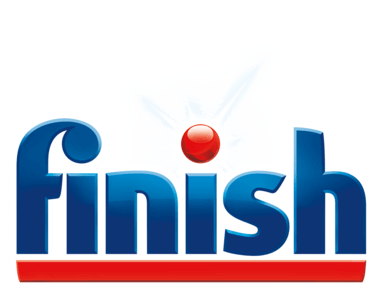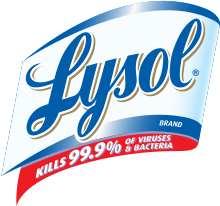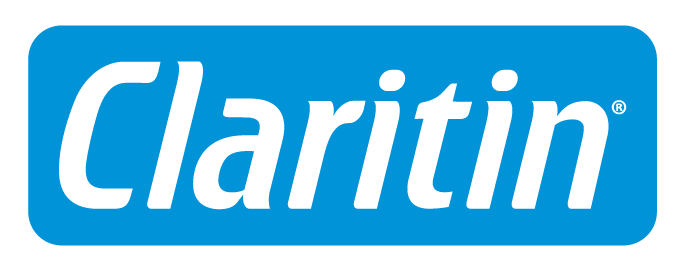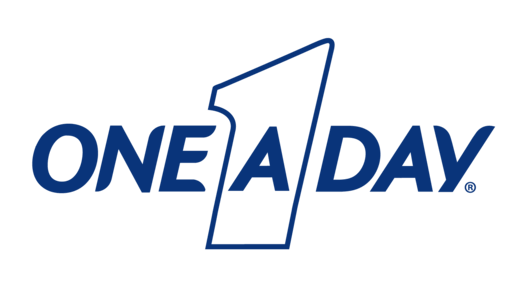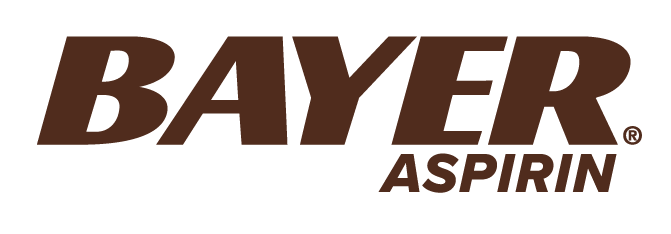Create lifelong consumers with the Power of Fetch Points.
Put your brand in front of 11 million consumers who Live
Rewarded on Fetch every week.

Tap Into the Power of Fetch Points
Leverage Fetch points, America's rewards currency, to drive incremental behavior on demand.
Attract new customers, build bigger baskets and improve buying frequency. All without
discounts
Discover what Fetch can do for your business today.
Custom-fit Marketing Solutions
For CPG Brands
Move incremental units at scale, boost buying frequency and improve retention with unmatched precision.
Move more volumeFor Retailers
Drive incremental behavior, acquire and retain customers and increase share of wallet for sustainable, long-term growth.
Grow your brandFor Restaurants
Find and engage priority customers, inspire trial and retention and boost trip frequency with offers that millions crave.
Increase visitsLearn how Fetch supported Popsicle's new product launch, increasing average weekly sales by +1,016%.
Inspire Action
with Smart Offers
Fetch's dynamic in-app offers are targeted based on verified shopping behavior and built to drive precise business outcomes. Increase incremental sales, build bigger baskets and more with Fetch offers.
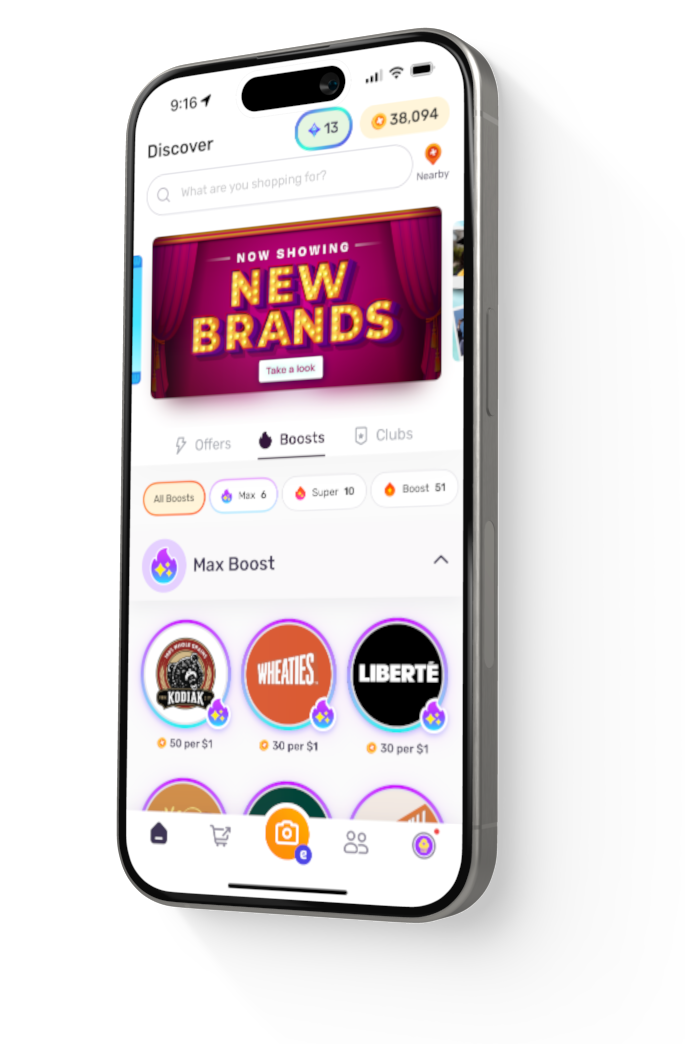
Take Fetch
for a Spin
Discover why a million shoppers download Fetch each month. Receive personalized offers and engaging brand content, connect with friends and earn free points every day in the Fetch app.
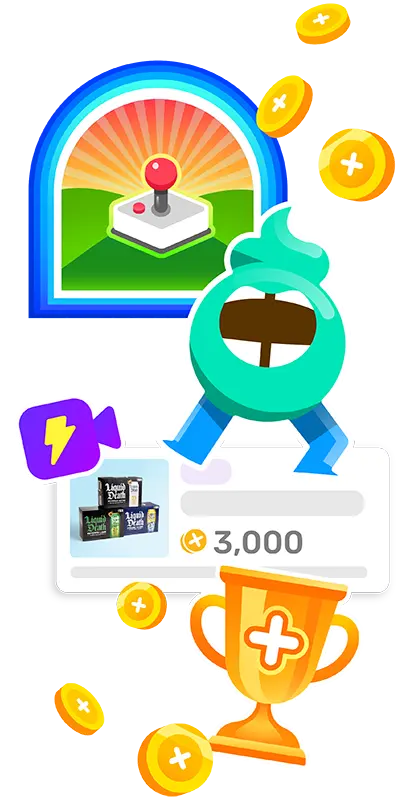
Brands Going Further with Fetch

Fetch at Shoptalk: How brands are building the future consumers want
At Shoptalk 2024, key discussion topics centered around AI, crafting seamless customer journeys and building lifelong connections.

Fetch and Gen Z: Driving brand loyalty with America’s technology-first generation
Brand marketers want to charm Gen Z - and the best way to do that is with Fetch, one of the most popular shopping apps for this generation.

Fetch at Commerceweek: The real value of retail media
At Commerceweek 2024, Fetch SVP of Product Ayo Jimoh took the stage to discuss the power of retail media networks.

With Fetch, OLIPOP is finding a new audience
OLIPOP, a rising star in the better-for-you beverage market, came to Fetch to support their continued growth.
